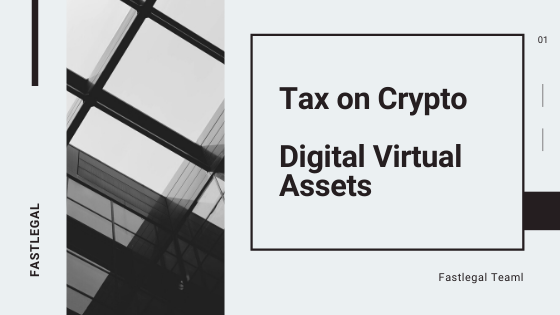The Income Tax Department might notify you of an outstanding tax liability through a demand notice on the e-filing portal. This can arise for various reasons, such as a mismatch between your declared income and the department’s records, miscalculations in your Income Tax Return (ITR), or late filing of the ITR. In such cases we are required to respond to Income Tax Demand on Income Tax Portal within time period , here is How we can respond :
Responding to the Demand Notice
Here’s a breakdown of the steps to take upon receiving a demand notice:
- Access and Analyze the Demand: Log in to the e-filing portal using your PAN and credentials. Navigate to the “Pending Actions” section on your dashboard and select “Response to Outstanding Demand“. This will display a list of any outstanding demands against your PAN.
Carefully examine the details of the demand notice to comprehend the nature of the tax liability and the specific amount demanded. The notice typically includes information like:

* Assessment year: The financial year for which the tax is due.
* Tax type: This could be income tax, interest on unpaid tax, or penalty for late filing.
* Calculation basis: How the department arrived at the demanded amount.
- Taking Action: Once you understand the demand, you can proceed with a response:
- Agreeing with the Demand: If you acknowledge the tax liability as accurate, you can make an online payment immediately. Locate the specific demand and click “Pay Now” to settle the dues using the available payment options.
- Disputing the Demand: If you believe the demand is incorrect, you have the right to contest it. Here’s what to do:
- Locate the specific demand and click “Submit Response“.
- Choose the option “Disagree with demand“.
- Clearly explain your disagreement, providing a well-structured explanation with relevant calculations and supporting documentation (like bank statements or investment proofs) if applicable.
- Explicitly state the amount you believe is not payable.
Additional Considerations:
- Maintain Records: It’s crucial to keep copies of the demand notice, your response, and any supporting documents submitted for your reference.
- Seeking Clarification: If you require further clarification on the demand or have difficulty navigating the e-filing portal, consider contacting the Income Tax Department’s helpline or regional office for assistance. Their contact details are available on the Income Tax Department website.
- Professional Help: For intricate tax matters, especially those involving substantial amounts or complex calculations, consulting a qualified tax professional is highly recommended. They can guide you through the process, ensure your response is accurate, and represent you if necessary.
Timely Response is Key
It’s important to respond to an Income Tax Demand promptly to avoid accruing additional interest and penalties. By following these steps and addressing the demand efficiently, you can ensure a smooth resolution and minimize any potential complications.


